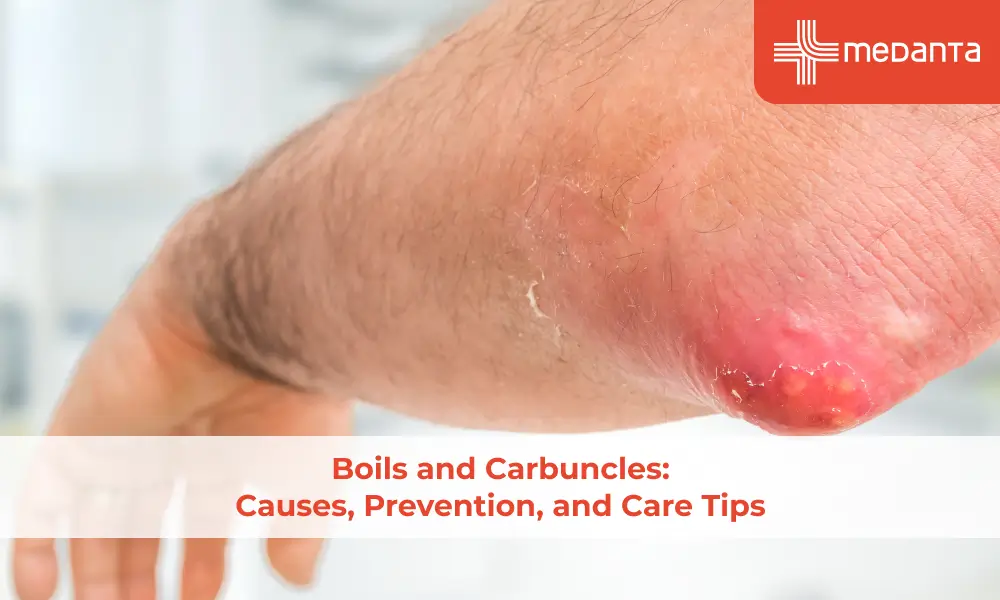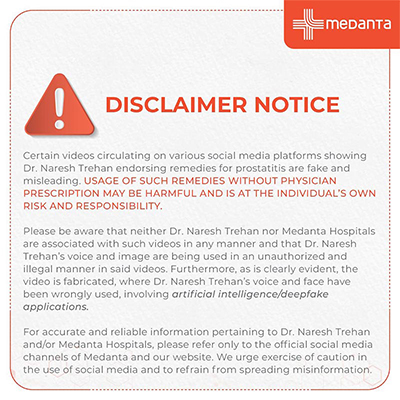Urobilinogen in Urine: Causes, Ranges, and When to See a Doctor

TABLE OF CONTENTS
Urobilinogen levels in urine give valuable insights into our health, particularly about how well our liver, bile ducts, and blood cells work. Doctors look for this substance during standard urinalysis tests to check if these body systems function properly.
Medical sources give us slightly different ranges for normal urobilinogen levels. Most experts say normal levels fall between 0.1-1.8 mg/dL (1.7 to 30 μmol/L). Some references point to 0.2 – 1.0 mg/dL as the normal range. Others suggest levels should stay under 17 umol/L. Doctors need to investigate further if levels go above 2.0 mg/dL (34 μmol/L).
High urobilinogen levels might signal several health conditions. These include liver diseases like hepatitis or cirrhosis, problems with the biliary tract such as gallstones or bile duct cancer, hemolytic anaemia or maybe even malaria. Low levels could point to problems with the liver, bile ducts, or gallbladder. People can tackle health issues early by understanding these changes and knowing the right time to see a doctor.
This article looks at the nature of urobilinogen, what normal ranges look like, and the meaning behind different levels. You will also learn about testing methods, related symptoms, and signs that tell you it's time to seek medical help.
Symptoms That Suggest Something's Off
Your body sends clear signals when urobilinogen levels become irregular.
These signals might show up when your urobilinogen levels aren't normal:
Jaundice (yellowing skin and eyes)
Dark urine or pale stools
Fatigue and weakness
Abdominal pain or swelling
Nausea and loss of appetite
Itchy skin
Testing for Urobilinogen: What to Expect
A clean urine sample is needed for the urobilinogen test. Start by washing your hands really well. The container should be opened without touching its inside. Clean your genital area with the provided wipe. Begin urinating into the toilet, pause, and collect the mid-stream urine in the container. Put the cap on right away. You don't need special preparation beforehand, but telling your doctor about any medications is vital since they can affect your results.
Causes of High Urobilinogen Levels
Many factors can change your urobilinogen levels. These include:
Liver diseases like hepatitis and cirrhosis often raise these levels by affecting your liver's processing of bilirubin.
Your gut bacteria play a vital role because they turn bilirubin into urobilinogen. Antibiotics can disrupt this process and change your gut microbiota.
Red blood cell destruction, especially in hemolytic anaemia, leads to higher urobilinogen levels.
Dehydration can concentrate urobilinogen in your body and hide other problems.
Treatment
Doctors treat abnormal urobilinogen levels by targeting why it happens rather than just looking at test numbers. Your doctor will recommend the right treatment after finding the root cause.
When liver problems like hepatitis or cirrhosis are the biggest problem, your doctor might prescribe:
Antiviral medications
Medicines that reduce liver inflammation
Changes to your lifestyle that help with healing
High urobilinogen from hemolytic anaemia needs treatment like:
Iron supplements (pills or IV, depending on how severe it is)
Steroids or immunosuppressants to help your immune system work better
Stopping medications or treating infections that make things worse
Low urobilinogen from blocked bile ducts needs:
Surgery to remove gallstones
Endoscopic procedures (like ERCP)
Stents that help bile flow normally again
Losing weight and exercising more can help with some liver problems. The solution could be as simple as stopping a medication that affects your levels.
Really bad liver damage might need hospital care and close monitoring. Some extreme cases need a liver transplant. The treatments change a lot based on what causes your abnormal levels, so getting the right diagnosis comes first.
Your doctor creates a treatment plan just for you, because each person's urobilinogen imbalance needs its own approach.
Prevention Tips
A healthy urobilinogen level depends on your daily habits. These practical tips will help you maintain optimal liver function and prevent potential issues:
Stay properly hydrated by drinking 6-8 glasses of water each day. Your liver and kidneys need water to remove toxins effectively.
Eat a balanced diet with plenty of fibre, fruits, vegetables, and whole grains. Red vegetables such as tomatoes and radishes boost your liver's health.
Limit alcohol consumption because just four ounces of hard liquor daily for men (two for women) can damage your liver.
Exercise regularly - 30 minutes on most days helps your body burn triglycerides and reduces liver fat.
Maintain a healthy weight because extra pounds increase your risk of fatty liver disease.
Avoid toxins by using protective gear while handling chemicals and working in well-ventilated areas.
Use medications responsibly and skip unnecessary NSAIDs that could lead to hemolysis.
Get vaccinated against hepatitis A and B to shield your liver from these harmful infections.
Practice proper warm-up and cool-down during workouts to minimise muscle breakdown.
Choose foods with antioxidants such as berries, citrus fruits, and leafy greens to protect your liver cells.
Avoid processed foods, refined sugars, and excessive salt as they strain your liver.
Be cautious with supplements since they can cause liver injury.
FAQs
What does high urobilinogen in urine mean?
When urobilinogen levels rise above 1.0 mg/dL, your body might be processing too much bilirubin or your liver isn't working properly. The high levels could point to:
Liver conditions such as hepatitis or cirrhosis
Hemolytic anaemia that causes rapid red blood cell breakdown
Your liver's reaction to certain medications
Blood cell-destroying infections like malaria
Is it dangerous to have no urobilinogen in urine?
Low or absent urobilinogen alone shouldn't cause immediate concern. But it could indicate:
Gallstones or tumours blocking the bile ducts
Your liver's reduced function
Recent antibiotics that decreased gut bacteria
How is urobilinogen detected?
Labs use dipstick tests to measure urobilinogen during standard urinalysis. Normal levels usually range from 0.1–1 mg/dL. Some medications can cause false positives, while leaving samples in light too long may lead to false negatives.
Can diet affect urobilinogen levels?
Yes. The food you eat affects urobilinogen by impacting your liver's health. Red vegetables like tomatoes help reduce bilirubin levels. Foods rich in fibre support liver function, while processed foods can harm it.
How can I keep urobilinogen levels in check?
You should drink eight glasses of water daily to stay hydrated. A diet full of fruits, vegetables and whole grains helps maintain healthy levels. Stay away from alcohol until your levels return to normal. Regular exercise makes a difference, too.






